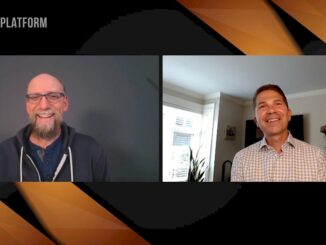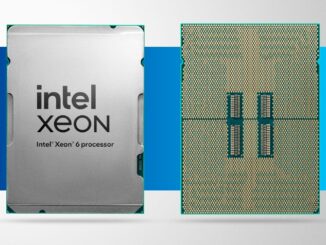
Any time a server maker comes into the global market and bypasses Cisco Systems, Lenovo, and IBM to become the third largest seller of machines in the world, you should pay attention. This is precisely what Inspur Information, the server unit of Chinese IT supplier Inspur Group, has accomplished, and it has done so with a combination of joint engineering with customers, high volume economics, and tight partnerships such as the one that the company has with server chip and chipset maker Intel.
Inspur has more than tripled its server revenues between 2017 and 2020, hitting $7.7 billion last year. This growth has been driven in part by key server supplier relationships with the big three hyperscalers in China – Alibaba, Baidu, and Tencent – as well as an expanding presence in North America, Europe, and Africa. In early 2018, according to market data from IDC, Inspur was roughly the same size as a growing Lenovo, which has since plateaued, and was in a dead heat with IBM and Cisco Systems, both of which Inspur has absolutely left in the dust. If current trends persist, in another four years Inspur will rival the server market leaders Dell Technologies and Hewlett Packard Enterprise.
One of the secrets to Inspur’s success, as Rong Shen, vice president and general manager of the server product line at Inspur Information, tells The Next Platform, is its Joint Design Manufacturing, or JDM, approach, which brings together the best elements of an OEM and ODM under the same roof to serve customers. In the wake of the launch of the “Ice Lake” Xeon SP processors from Intel, we sat down with Shen and Anurag Handa, vice president in the Cloud and Enterprise Solutions of Intel’s Data Platforms Group, to talk about these new processors and the Inspur M6 server line that uses them.
We wanted to know more than feeds and speeds about the new processors and the systems that use them. We wanted to understand how much differentiation Inspur can offer truly compared to other server makers, and how much better bang for the buck it can deliver, too, as part of the overall value equation that it is bringing to bear to eat market share.
We also had a long talk about the challenges of being a server maker in the modern era. The days when you could build a two-socket server in a 1U and a 2U form factor with the difference mainly being memory and storage and I/O capacity are over. These days, systems have to be tuned for virtualized, containerized, AI, HPC, and even edge applications and they have very different requirements. This means server families are broader than they have been in the past, and it probably also means customers have to make tougher choices and manage a diverse mix of machines. Given all of this, what advice do Inspur and Intel have for customers? Find out by watching the interview.
Commissioned by Inspur





Be the first to comment